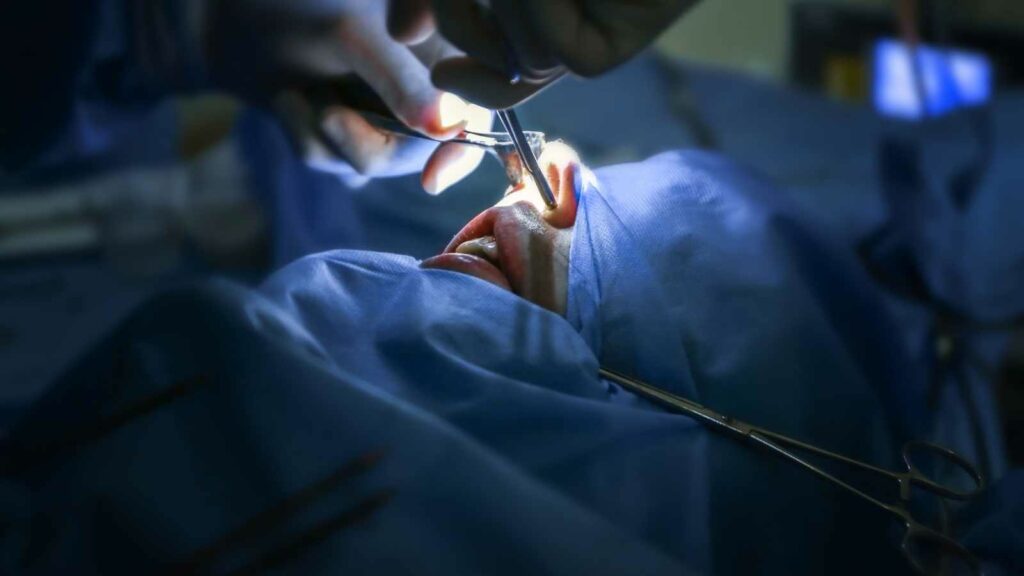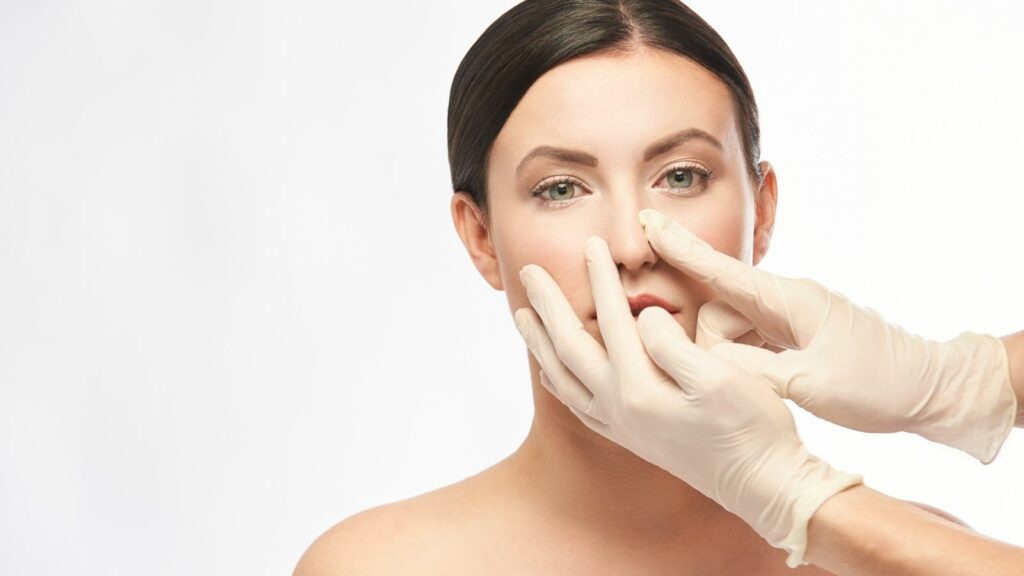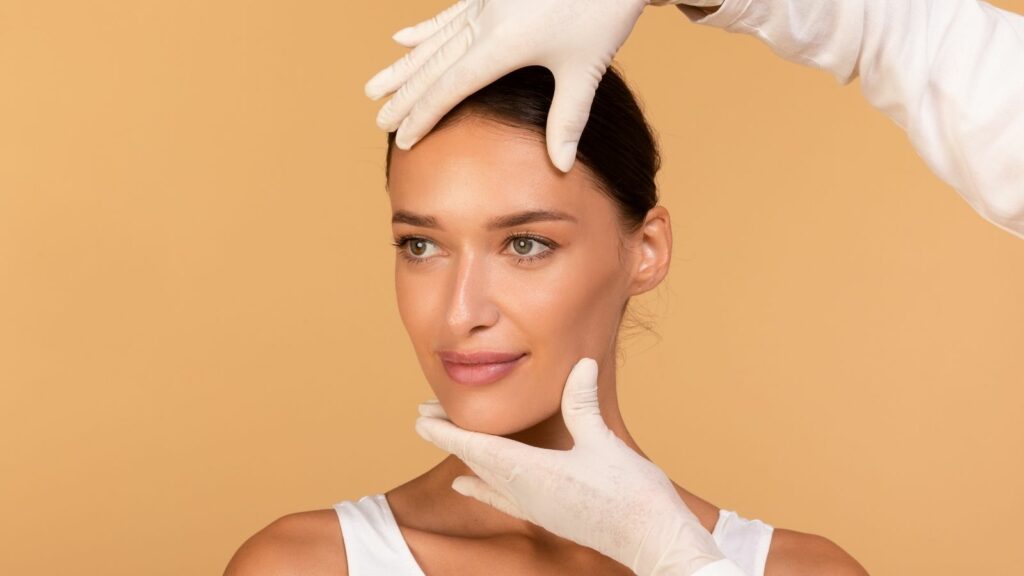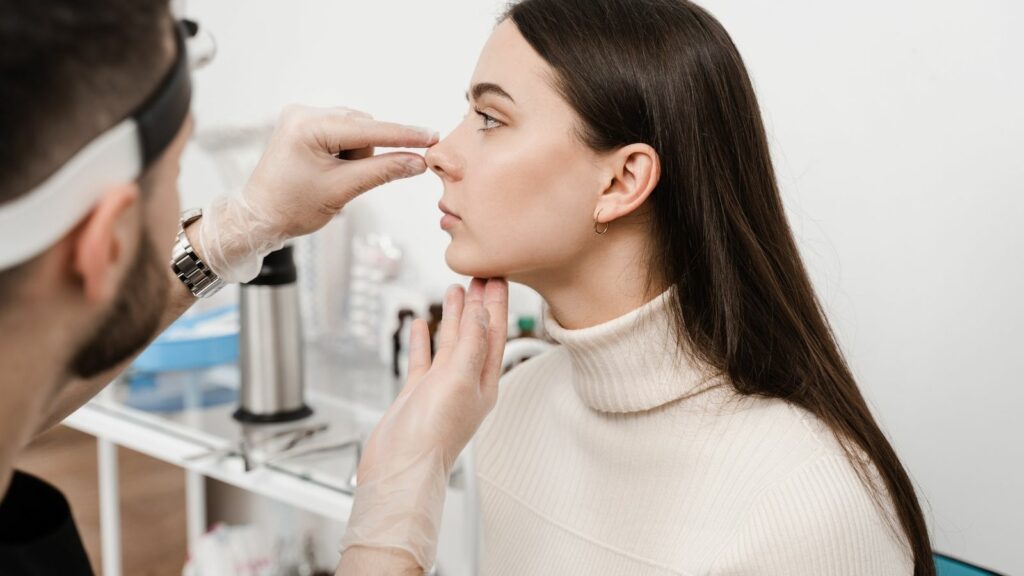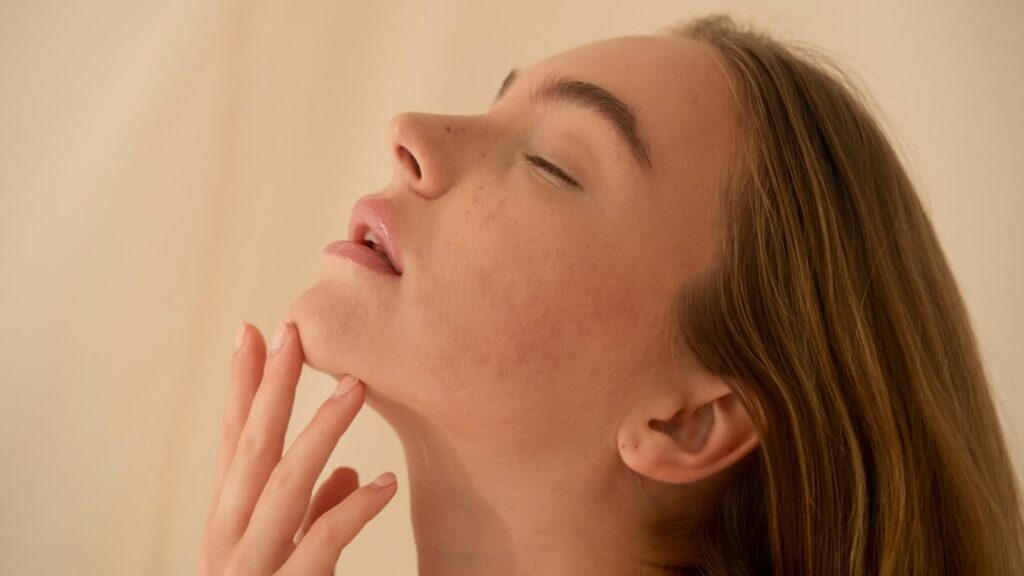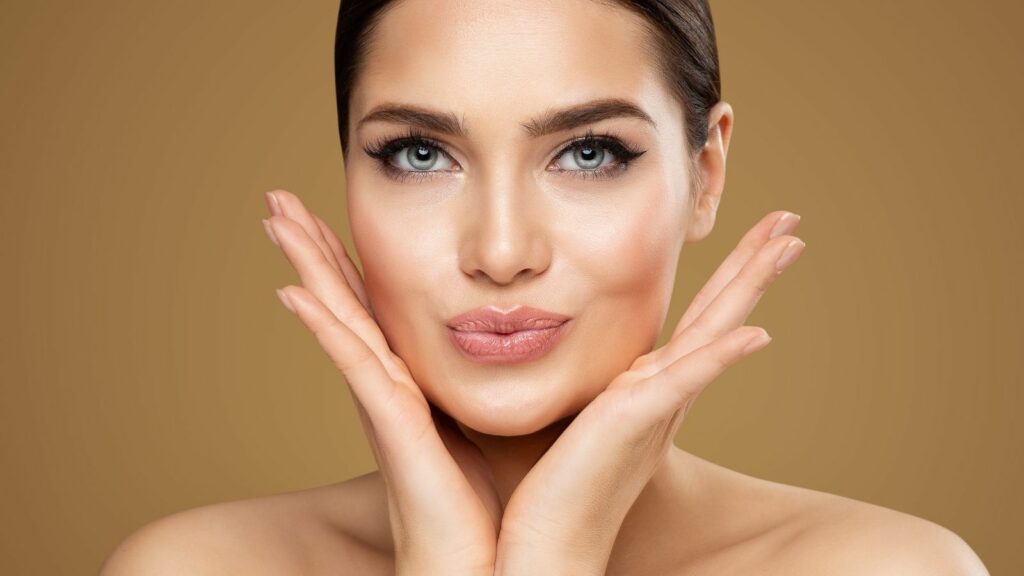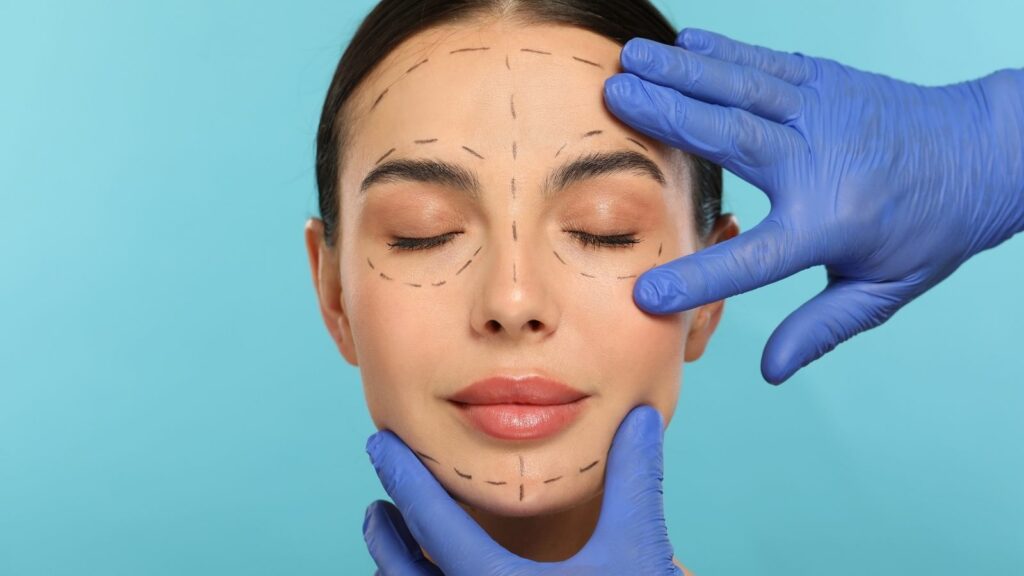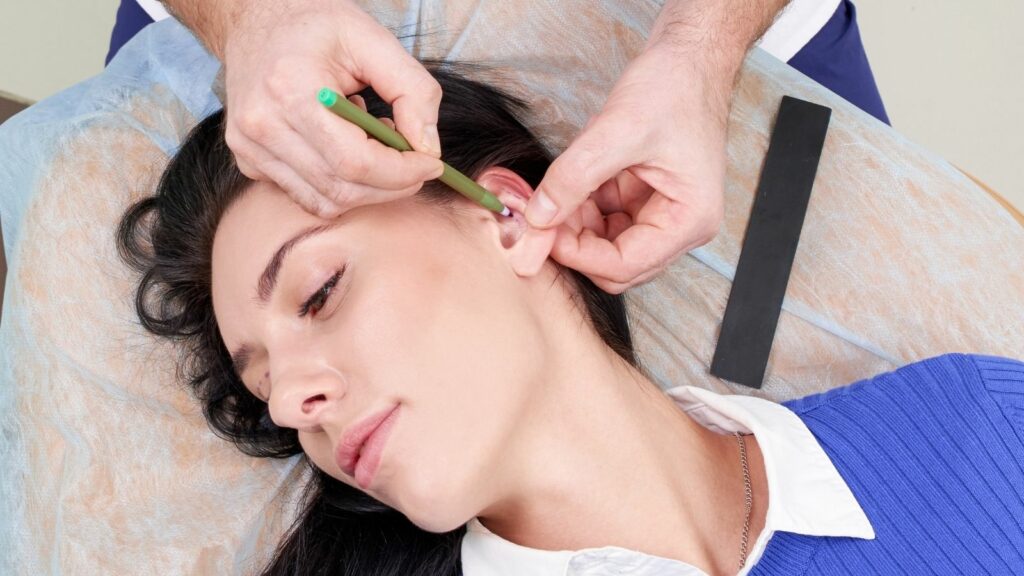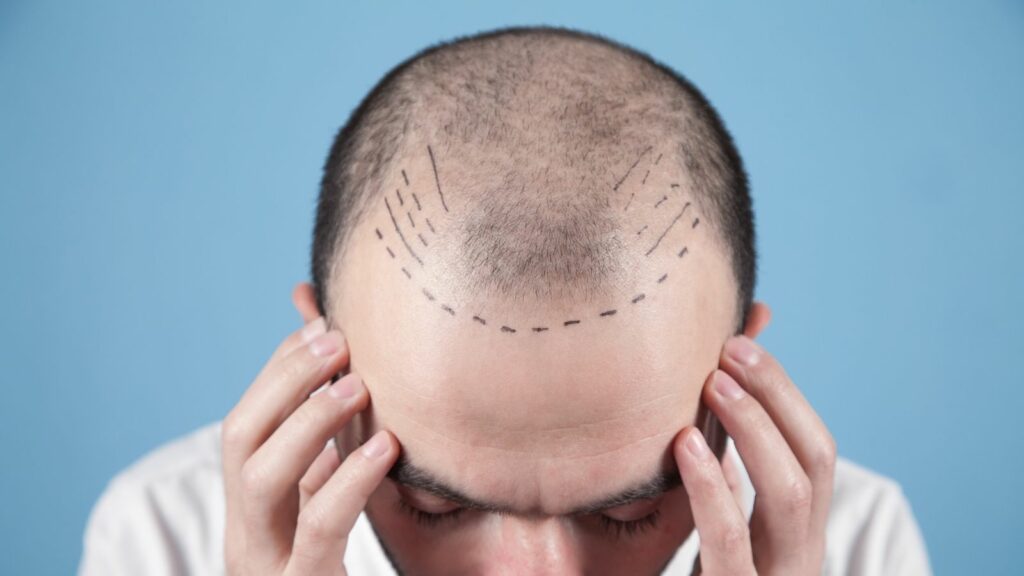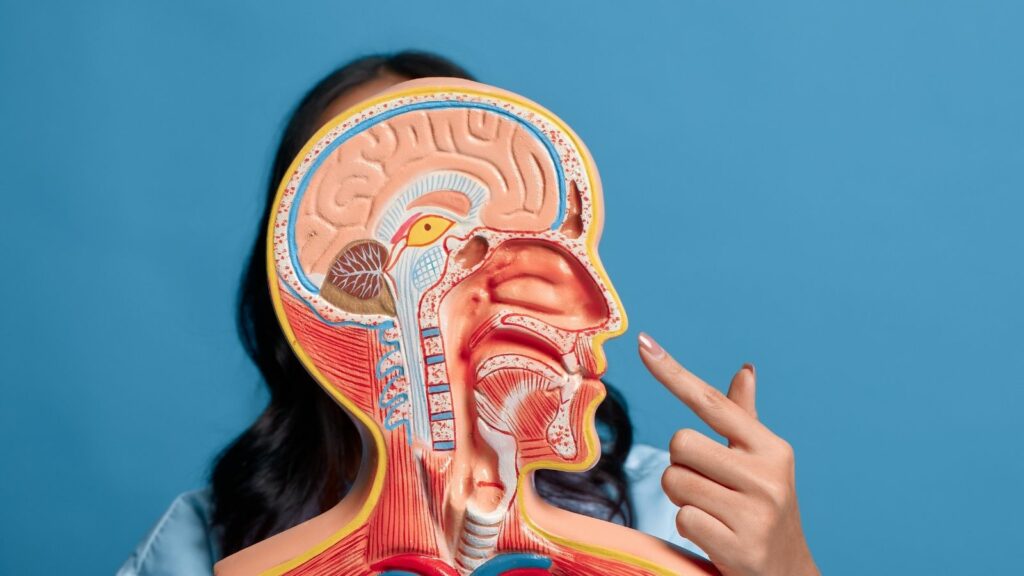Male rhinoplasty in Turkey is a surgical procedure tailored to reshape the nose while preserving masculine features. It focuses on correcting functional issues and enhancing aesthetics without creating an overly refined or feminine appearance, ensuring natural and balanced results.
Male rhinoplasty cost in Turkey typically ranges between 5,000 and 7,000 euros, depending on the surgeon’s expertise and procedure complexity. Comprehensive packages often include surgery, anesthesia, hospital stay, accommodation, and transfers, making it attractive for international patients.
Best male rhinoplasty surgeons in Turkey are experienced in addressing thicker skin, stronger bone structures, and wider nasal bridges. They apply advanced techniques to refine nasal proportions while maintaining a strong, natural, and masculine profile.
Male rhinoplasty before and after results in Turkey show improvements in nasal symmetry, breathing, and overall facial harmony. Patients benefit from modern clinics, skilled surgeons, and affordable healthcare, making Turkey a leading destination for men seeking rhinoplasty.
What Are the Main Motivations and Psychological Factors Behind Male Rhinoplasty?
There are generally two main reasons why male patients seek rhinoplasty. The first is purely aesthetic concerns. The most common complaints are a nose that is disproportionately large for the face, a prominent dorsal hump when viewed from the profile, or a poorly defined, wide nasal tip. At the root of this aesthetic pursuit is the desire to have a nose that is more masculine and harmonious with the overall face. The main focus is to make facial features sharper and more balanced.
The second important category is functional reasons. These stem from health problems that directly reduce quality of life. Many men live with structural deformities of the nose due to sports injuries, accidents, or simple falls in their youth. The most frequent issue is deviation of the nasal septum, known as septal deviation. This can cause persistent nasal obstruction, snoring at night, poor sleep quality, and consequently, daytime fatigue and difficulty concentrating. In such cases, male rhinoplasty is much more than a cosmetic touch; it becomes a treatment that directly improves a person’s health and comfort. Often, aesthetic and functional goals are intertwined, and surgical planning is made to address both needs simultaneously.
It is also important not to overlook the psychological aspect of this process. After a successful operation, a man who is satisfied with his appearance experiences increased self-confidence, which is reflected in more relaxed and outgoing social behavior. In fact, bolder steps in career goals are often observed. For those who have been uncomfortable with their nose for years and have avoided social settings because of it, this surgery can be a turning point that helps reduce anxiety and unhappiness. However, it is crucial that expectations are realistic. The surgeon’s role is to understand not only what the patient wants but also how psychologically prepared they are for this change. Proper management of expectations and an understanding that recovery requires patience are as important as the surgery itself.
What Anatomical Features Define an Ideal Candidate for Male Rhinoplasty?
The main distinction between male and female rhinoplasty arises from anatomical differences and the aesthetic outcomes aimed for as a result. The primary philosophy of male rhinoplasty is to strictly avoid creating a feminine appearance by reducing and narrowing the nose. On the contrary, the goal is to preserve or even enhance existing masculine features.
The main anatomical differences distinguishing the male nose from the female nose include:
- Thicker and oilier skin texture
- Stronger and larger bony-cartilaginous framework
- High and straight nasal dorsum
- Less rotated and more prominent nasal tip
- Wider nasal base and bridge
- A narrower nasolabial angle (90-95°) between the nasal tip and upper lip
These anatomical features directly affect both surgical planning and the healing process. For example, the thick and oily skin of men tends to camouflage fine, millimetric changes made during surgery. Therefore, instead of simply removing tissue, the surgeon aims to create a strong and well-defined cartilaginous framework that stretches the thick skin like a tent. Additionally, thick skin causes postoperative swelling, especially at the nasal tip, to persist longer.
An ideal male nose profile should be straight and strong, not slightly curved or “ski-slope”-like as in females. The nasal tip should not be over-rotated, as this immediately gives a feminine expression to the face. In men, the nasolabial angle is generally targeted at around 90-95 degrees, whereas in women it is wider. These anatomical differences require the surgeon to have special expertise in male facial aesthetics.
What Awaits Patients During the Male Rhinoplasty Consultation Process?
The consultation, or first evaluation meeting, is the most critical step in a successful male rhinoplasty process and forms the foundation of ultimate satisfaction. This meeting is not just an introductory session, but a vital stage where expectations are clarified, all questions are answered, and a roadmap is drawn.
A typical consultation process involves:
- Detailed discussion of goals and expectations
- Review of medical history
- Comprehensive physical and endoscopic examination
- Professional studio photography
- 3D digital imaging for simulation
- Creation of a personalized surgical plan
This process begins with an in-depth conversation where the patient explains what bothers them about their nose and what kind of change they desire. The surgeon aims to learn all the details by creating a comfortable environment for the patient. Then, both the external structure of the nose (skin thickness, cartilage strength, bone structure) and the internal structure (septum, turbinates) are thoroughly examined. This assessment helps identify not only aesthetic issues but also functional problems that may impede breathing.
Afterwards, standard high-resolution photographs are taken from different angles for surgical planning and outcome evaluation. At this stage, 3D digital imaging technology, one of the most valuable tools of modern rhinoplasty, is used. With this system, possible surgical outcomes can be simulated on a three-dimensional model of the patient’s face. This transforms abstract desires such as “I want a straighter nose” into concrete and visual plans. The patient can clearly see how the planned changes will affect their facial harmony. This collaborative approach grounds expectations in reality and significantly reduces preoperative anxiety.
Which Surgical Techniques Are Used in Male Rhinoplasty?
The choice of technique in male rhinoplasty is a strategic decision determined by the patient’s anatomical structure, aesthetic goals, and the surgeon’s experience. The main goal here is not just to reduce the nose but to reconstruct it for a strong, natural, and masculine appearance. Therefore, approaches that “strengthen” or “preserve” the nasal framework are generally preferred over those that simply remove tissue.
Surgical approaches are basically divided into two: open and closed. In open rhinoplasty, a small incision is made in the strip of tissue called the columella, which separates the two nostrils. This incision allows the surgeon to fully lift the nasal skin, providing a clear view of the underlying bone and cartilage framework, much like opening a car hood. It is preferred especially in complex cases requiring major tip work, marked asymmetry, or when cartilage grafts are needed, as it provides maximum control and precision.
In closed rhinoplasty, all incisions are made inside the nostrils, leaving no visible external scar. Since it causes less tissue trauma, postoperative swelling and bruising are usually less, and recovery may be somewhat faster. It is generally suitable for more limited interventions where extensive tip modification is not required, such as correcting a dorsal hump.
In terms of surgical philosophy, “preservation rhinoplasty” has become popular in recent years. In this modern technique, instead of shaving down the nasal hump from above as in traditional methods, bone and cartilage are removed from underneath the bridge, lowering the entire nasal dorsum as a unit. This preserves the natural and smooth line of the bridge, making it ideal for achieving a strong and natural male nose that does not look “operated on.”
How Are Functional Improvements Achieved with Male Rhinoplasty?
For many male patients, rhinoplasty is not just a cosmetic pursuit but also the solution to a significant functional need. Improving the quality of breathing is as important as, and sometimes even more important than, aesthetic goals. Therefore, functional improvement is an integral part of male rhinoplasty planning.
This improvement is usually achieved through a combined procedure called “septorhinoplasty.” This approach combines rhinoplasty, which reshapes the external appearance of the nose, with septoplasty, which corrects functional problems inside the nose, especially septal deviation. Septal deviation, a curvature of the nasal septum to one side, is the most common cause of nasal obstruction. During surgery, the surgeon straightens the crooked cartilage and bone, opens the airways, and significantly improves the patient’s breathing.
The results of functional rhinoplasty have a direct and positive effect on patients’ quality of life. After a successful operation, patients report easier breathing, improved sleep quality, and reduced snoring. This is especially beneficial for athletes or physically active individuals, as increased breathing capacity positively affects their performance. It’s important to remember that aesthetics and function are often intertwined. For example, cartilage grafts known as “spreader grafts,” used to flatten and support the nasal dorsum, also widen the internal airway and improve breathing.
What Is the Recovery Process and Timeline After Male Rhinoplasty?
Recovery after rhinoplasty is a gradual journey that requires patience. Understanding the dynamics of this process, especially for male patients with thick skin, is crucial for setting realistic expectations and preventing unnecessary anxiety.
The recovery process generally progresses as follows: In the first week, a protective splint is placed on the nose. Swelling and bruising around the eyes and cheeks are normal. It is very important to rest during this period and sleep with the head elevated. At the end of the first week, the splint is removed. Most swelling and bruising have resolved, and the patient can usually return to social life. However, the nose is still swollen and sensitive during this period.
By the end of the first month, most of the swelling (85-90%) subsides, and the new shape of the nose becomes much more apparent. However, achieving the final result takes longer. The tip of the nose is the last area for swelling to resolve. It can take 6 months, or even up to a year or 18 months for thick-skinned patients, for the skin to settle and for the finest details to become apparent. Patience is necessary, knowing that the nose will continue to improve with each passing day.
Some important points to consider during the recovery period:
- Avoid strenuous exercise and sports activities for the first few weeks.
- Protect the nose from trauma.
- Avoid wearing sunglasses or prescription glasses for a period.
- Stay away from smoking and alcohol, as these substances slow down blood circulation and delay healing.
- Strictly follow all instructions given by your surgeon.
What Are the Potential Risks and Complications of Male Rhinoplasty?
As with any surgical procedure, male rhinoplasty has potential risks and complications. Although an experienced surgeon takes all necessary precautions to minimize these risks, it is important for patients to be transparently informed about these possibilities.
General surgical risks include adverse reactions to anesthesia, bleeding, and infection. Rhinoplasty-specific potential risks and complications include:
- Persistent or worsened breathing difficulties
- Development of asymmetry in the shape of the nose
- Permanent numbness in the nasal tip or skin
- Unsatisfactory aesthetic result
- Visible scar (with the open technique)
- Septal perforation (hole in the nasal septum)
- Need for a second revision surgery
Especially in men with thick skin, specific challenges may arise, such as prolonged postoperative swelling and excessive scar tissue formation under the skin. This can mask the fine contours created by the surgeon and prevent the nasal tip from achieving the desired definition. This is not a surgical error but rather a response of the patient’s anatomy to the healing process. An experienced surgeon anticipates this risk, adjusts the surgical technique accordingly, and manages the situation with additional treatments such as steroid injections during the healing period if necessary. Choosing the right surgeon and adhering to postoperative follow-up are crucial for the best outcome.
What Additional Procedures Can Enhance Facial Harmony with Male Rhinoplasty?
Success in facial aesthetics is measured not by the perfection of a single organ but by the balance and harmony of all facial structures. Although the nose is at the center of the face, it is not an isolated unit. Therefore, an expert surgeon evaluates the entire face as a whole.
In this holistic approach, the nose-chin relationship is especially critical for creating a balanced and attractive profile in men. A weak, small, or retruded chin can make even a normal-sized nose appear disproportionately large and prominent. In such cases, while the patient may complain about a “big nose,” the real aesthetic problem is overall profile imbalance.
To address this imbalance, the most common complementary procedure performed with rhinoplasty is chin augmentation (genioplasty). In this procedure, a biocompatible implant is usually used to enhance the size, projection, and shape of the chin. The implant is placed through a small, hidden incision made inside the mouth or under the chin, leaving no visible external scar. When rhinoplasty and chin augmentation are performed together, they create a much more dramatic and harmonious change in profile than nose surgery alone can achieve. This combination brings balance between the midface and lower face, resulting in a much stronger, more defined, and masculine facial expression.
What Factors Affect Long-Term Patient Satisfaction After Male Rhinoplasty?
Long-term patient satisfaction in men is a complex outcome formed by the combination of many factors beyond the technical success of the surgery. The most common causes of dissatisfaction after rhinoplasty in men include:
- A residual dorsal hump
- A nasal tip that is insufficiently lifted or has drooped over time
- An overly reduced or feminine-appearing nose
- Ongoing breathing problems
The key to preventing these issues and achieving long-term success lies in the combination of several important factors. The first and most important is the establishment of realistic expectations. Clearly discussing what is and isn’t possible during the consultation and visualizing possible results with 3D simulation prevent disappointment. The goal should be “improvement” compatible with the face, not “perfection.”
The second key factor is the expertise of the surgeon. A surgeon who understands male anatomy, skin structure, and aesthetic goals and has specific experience in this field is far more likely to achieve a satisfactory result. Finally, the emotional and psychological preparation of the patient also plays a critical role. Rhinoplasty is as much an emotional journey as a physical one. Patience during the long healing process, which can take up to a year, and not becoming anxious while waiting for the final result are vitally important. This holistic approach is the path to the highest level of satisfaction for male patients undergoing rhinoplasty.
Frequently Asked Questions
Is rhinoplasty worth it for men?
Absolutely. If the appearance of your nose affects your self-confidence or if you have a functional problem such as difficulty breathing, rhinoplasty can improve your quality of life. The aim is not to create a feminine look but to build a more masculine and balanced nose in harmony with your facial features. Being comfortable with your appearance and breathing more easily are the main “values” of this procedure.
Is it normal for men to have rhinoplasty?
It is perfectly normal. The perception that cosmetic surgery is only for women is outdated. The number of men who want to look well-groomed and attractive is increasing every day. Men also come to us because of nasal deformities, humps, or signs of trauma. Wanting to be satisfied with one’s own appearance is the most natural right and has no gender.
What is the best age for rhinoplasty in men?
The most important criterion for us is that physical development has been completed, which usually occurs around the age of 18. There is no upper age limit after this point. What matters is that the person is mentally prepared for this change and knows what they want. Making this decision at a more stable period in your life, when you feel ready, will increase the satisfaction you get from the results.
How common is rhinoplasty among men?
It is quite common and its popularity is constantly increasing. Men make up a significant portion of cosmetic surgery patients, and rhinoplasty is one of the most preferred procedures among them. With the rise of social media and the increased importance given to appearance in general, men are now much more aware and enthusiastic about this subject. What was once a taboo is now a very ordinary situation.

